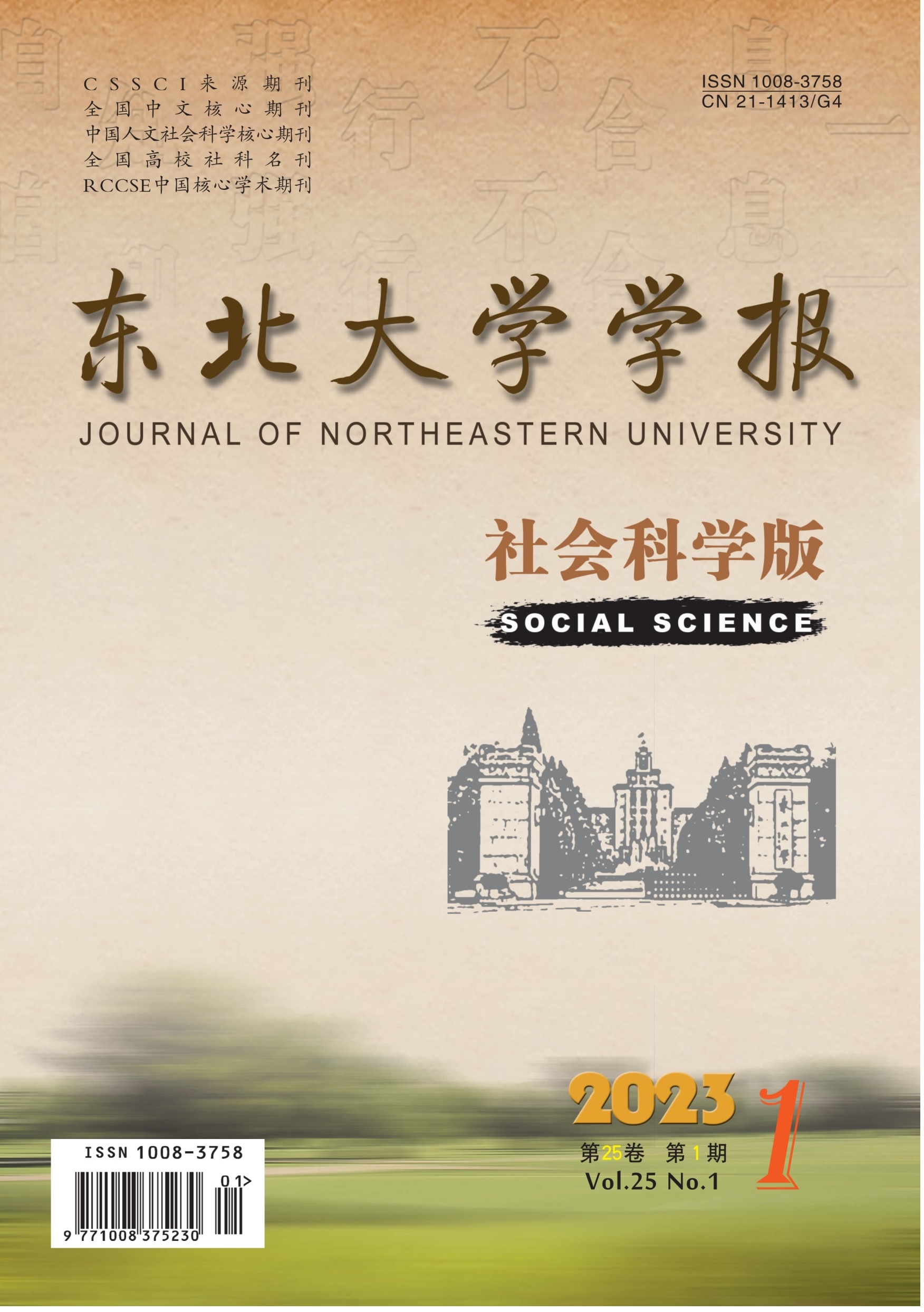|
Research on Disequilibrium of Beds Allocation in Adopting Social Welfare Institutions in County Area
WANG Zuobao, WANG Xuegong
2023, 25 (1):
74-87.
DOI: 10.15936/j.cnki.1008-3758.2023.01.009
Based on the data of China County Statistical Yearbook from 2000 to 2019, an empirical study is conducted on the disequilibrium of beds allocation in adopting social welfare institutions in county area in China. The results show that the level of beds allocation in adopting social welfare institutions in county area increased significantly from 2000 to 2019, especially in counties with lower allocation levels. The Gini coefficient and Theil index show a downward trend in volatility, and within-group differences are the dominant factors causing overall differences. The scarcity level has dropped significantly due to the increase in allocation levels and the reduction in allocation differences. There is obvious positive spatial autocorrelation in beds allocation. Some counties have spatial spillover and spatial competition effects on their neighbors. The level of polarization also fluctuates and declines. The Wolfson index declines more than the DER index. Identification is the main explanatory factor of the DER index and the contribution rate has increased slightly, but the decline in alienation dominates the downward trend of the DER index. It is suggested to pay more attention to the differences between the counties in the same region while narrowing the differences between regions, upgrade the pooling level of construction investment,give full play to the role of demonstration and diffusion among counties with higher level of beds allocation, improve the self-development capacity of adopting social welfare institutions and guide social capital to provide socialized adoption services.
References |
Related Articles |
Metrics
|

